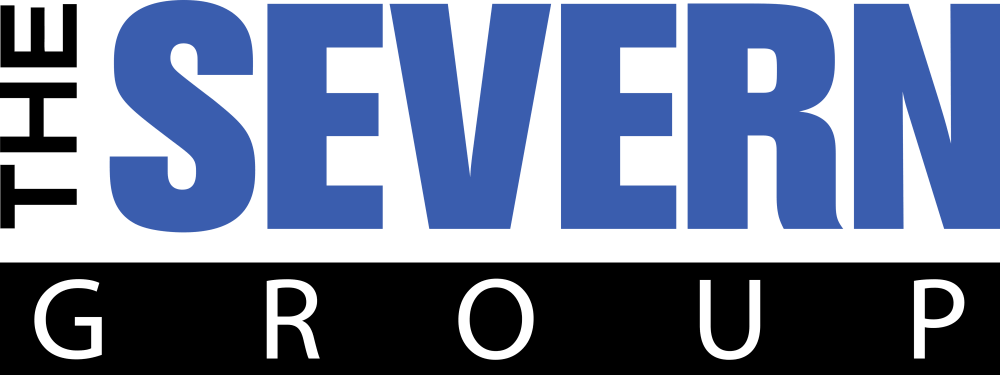Are You Making Your Indoor Air Quality Worse? 3 Factors People Don’t Think About
Poor indoor air quality (IAQ) has become increasingly concerning, especially over two decades. Growing scientific evidence suggests that indoor air can harbor more contaminants than outdoor air, even in industrial zones. Further, research studies indicate that people spend approximately 90% of their time indoors.
Now with a global pandemic, people are looking at air quality even more closely when it comes to their homes, workspaces, and businesses. Luckily, there are ways to make sure these indoor spaces minimalize air pollution by making IAQ a priority.
What Causes Indoor Air Pollution?
A constant release of particles and gases from various conspicuous and inconspicuous sources can adversely affect the quality of air inside. Emissions from different combustion sources can increase pollutant levels substantially, thus creating an unhealthy and harmful environment.
Sources of indoor pollution include:
- Oil, kerosene, coal, and gas
- Emissions from furnishings, carpets, building materials, and wood
- Tobacco products
- Heating, cooling, ventilation, and humidification equipment
- Products used for hobbies, cleaning, personal grooming, etc
- Pet dander and dust mites
- Outdoor contaminants, such as pollen and radon
Sick building syndrome is a condition that is hard to diagnose as the symptoms resemble other common illnesses.
An unhealthy level of airborne particulate matter can cause health symptoms, such as dizziness, fatigue, sinus issues, headaches, and more. A very high level of toxic gases, such as carbon monoxide, can be dangerous and even fatal at times.
3 Factors That Deteriorate Indoor Air Quality
Many times, we underestimate our contribution to the quality of air indoors. With a bit of digging, it becomes apparent that the typical suspects are lurking in plain sight.
1. Poor Ventilation
Lack of adequate ventilation can lead to a buildup of contaminants. Inadequate ventilation has been identified as a significant concern at workplaces by the National Institute for Occupational Safety and Health. Homes and commercial properties are certainly no different.
Most HVAC systems recirculate air inside to conserve energy. Heavy insulation and caulking prevent air leakage through openings and cracks but can contribute to a higher concentration of contaminants.
An under-maintained HVAC system can significantly add to indoor air pollution. A worn-out and damaged air filter can get clogged and fail to trap airborne particles. Consequently, the heating, cooling, ventilation, and humidifier systems cannot efficiently circulate air and filter out pollutants. They also become a breeding ground for mold and bacteria to grow and be dispersed indoors.
HVAC systems must be thoroughly inspected and maintained consistently so that the air indoors is healthier and safer to breathe.
2. Emissions from Combustion Products
Furnaces, space heaters, lamps, stoves, fireplaces, and even scented candles are sources of combustion. They can generate nitric oxide, sulfur dioxide, carbon monoxide, and respirable particulates without proper ventilation. Tobacco smoke contains harmful compounds, such as formaldehyde, acrolein, carbon monoxide, and more.
Thousands of potent irritants are released constantly into indoor air, resulting in short-term and long-term health consequences.
3. Biological Contaminants
Mold, bacteria, pollen, viruses, and mites are some biological contaminants that release bioaerosols into your indoor air. The factors that contribute to these pollutants include:
- Poorly maintained HVAC systems, humidifiers, and dehumidifiers
- Pets and indoor plants
- Moisture in building materials, such as walls and carpeting
Constant exposure to bioaerosols can cause allergic reactions and health problems. Malfunctioning equipment becomes a breeding ground for bacteria and fungi. “Humidifier fever” is a type of sick building syndrome marked by a sudden onset of fever and other symptoms.
Enhance Your IAQ with Well-Designed HVAC Systems
The Severn Group is a reputed provider of commercial HVAC services in Maryland and the Washington, D.C., area. We specialize in complete HVAC installations, retrofits, maintenance, repairs, and replacements. Contact us today, and learn more about how we can help you find the perfect solution.
